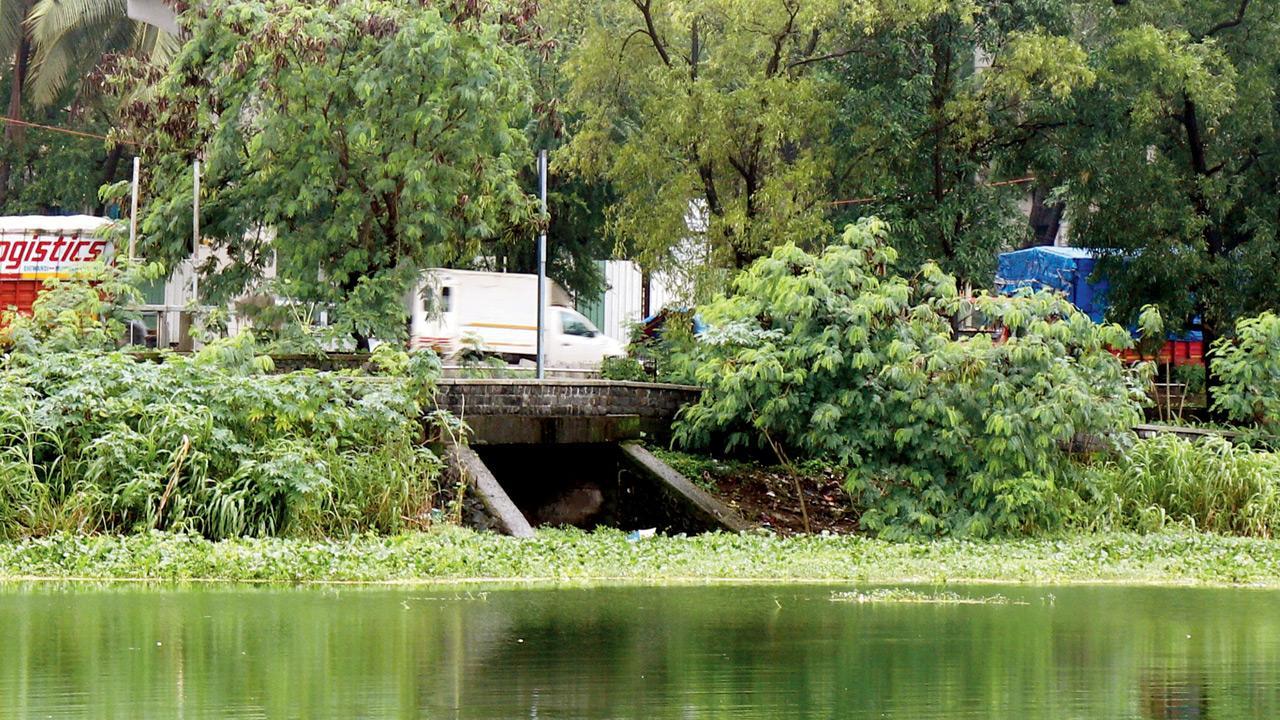Sewage treatment plant to be set up to curb pollution, protect biodiversity. The BMC has invited tenders for constructing the treatment plant and operating it for six years. The plant will have a capacity of 8 million litres per day and is expected to be completed within 24 months, excluding the monsoon period.

The BMC has invited tenders to construct and operate the treatment plant for six years. File pic/Anurag Ahire
The Brihanmumbai Municipal Corporation (BMC) has decided to discharge treated water into Powai Lake to maintain its water level. To achieve this, the civic body will set up a sewage treatment plant in Powai to treat the sewage that is currently being released into the lake without any treatment. Powai Lake is Mumbai’s first water supply reservoir.
ADVERTISEMENT
On March 4, mid-day reported that the BMC will spend R39.37 crore to divert untreated sewage, which is presently discharged into the lake. In 2022, the National Green Tribunal had ordered the BMC to prevent sewage from entering the lake. According to a BMC official, the initial plan was to divert the sewage into the city’s sewage network and transfer it to a nearby treatment plant. However, the new plan involves setting up a treatment facility near Powai Lake itself. "The sewage will be treated as per Union government standards before being discharged back into the lake," the official said.
The BMC has invited tenders for constructing the treatment plant and operating it for six years. The plant will have a capacity of 8 million litres per day and is expected to be completed within 24 months, excluding the monsoon period.
"Sewage mixing into the stormwater network is currently being discharged into the lake. If we prevent this inflow entirely, it could lower the lake’s water level, potentially affecting its biodiversity. To prevent this, treated water will be released into the lake to maintain the required level," the official explained.
According to BMC records, Powai Lake was artificially built in 1891 to supply potable water to the city. It was the first lake to provide tap water in Mumbai. Currently, its water is used for non-potable purposes in industries and tabelas (cattle sheds). The lake spans 520 acres and has a depth ranging from 3 to 12 metres, though silt accumulation has reduced it over time. According to IIT Bombay reports, the lake and its surroundings are home to over 200 bird species.
 Subscribe today by clicking the link and stay updated with the latest news!" Click here!
Subscribe today by clicking the link and stay updated with the latest news!" Click here!







